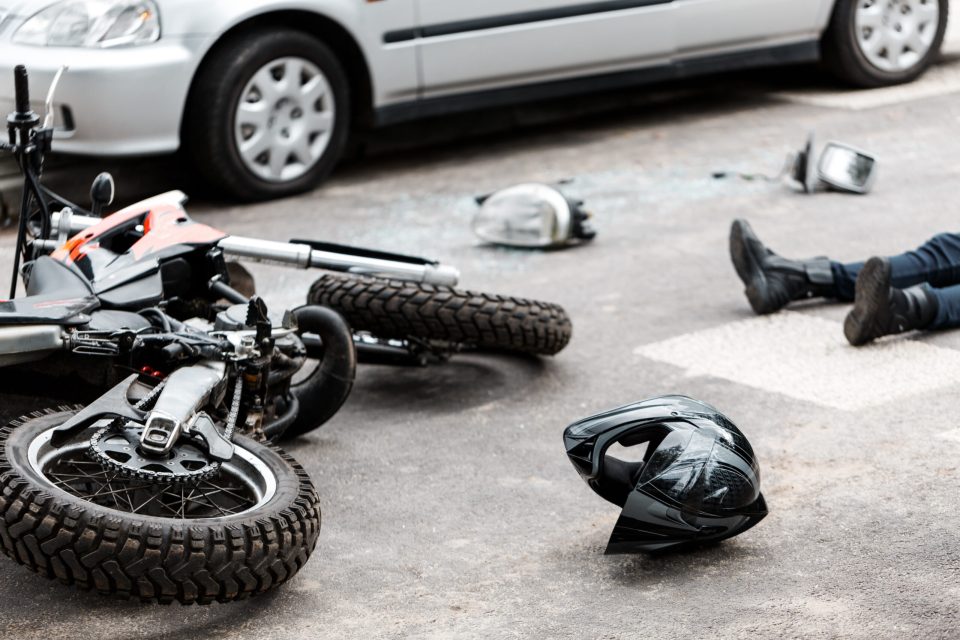Long Island, New York, is home to a unique mix of scenic coastal parkways, residential neighborhoods, and traffic-heavy highways. Riders often enjoy the open stretches of Montauk Highway or the curves along the North Shore, but these roads can also be unpredictable. Potholes appear after winter storms, sudden congestion builds during peak commuter hours, and visibility can vanish in coastal fog. For motorcyclists, these conditions create an environment where even a minor lapse can carry life-changing consequences.
Beyond the hazards of the road itself, factors like speeding drivers, distracted motorists, or inadequate rider training add further risk to every trip. While you can anticipate some dangers, others, like abrupt stops or mechanical issues, leave little time to react. Speaking with a motorcycle accident lawyer in Long Island may help address immediate concerns and long-term recovery for those in these difficult situations. With this in mind, looking closer at the most frequent causes behind these crashes becomes vital.
Lack of Visibility
A major cause of motorcycle accidents is poor visibility. Since the motorcycles are relatively smaller than other vehicles, they are challenging to see and more difficult to spot in the blind spots. Another cause of collisions is that drivers cannot see the motorcycles when they change lanes or turn. To counter this, riders should wear bright clothes and turn on headlights even during daytime hours. All motorists must be extra vigilant and watch their mirrors repeatedly before any manoeuvre.
Speeding and Recklessness
Another cause of motorcycle accidents is speeding. The higher the speed, the shorter the reaction time and the more severe the collision. Flying on the road, changing lanes frequently, and skipping the signals also add to the dangers. Both riders and drivers should observe speed limits and be patient.
Poor Road Conditions
Road conditions are essential for motorcycle safety. Potholes, breaks, and uneven external surfaces can rapidly diminish the sensation of control. These hazards are more of a threat to a motorcycle because of its two-wheel structure. Have your head on a swivel and look ahead to the road. Authorities can also carry out regular road maintenance to reduce these incidents.
Inexperience and Lack of Training
Motorcycle riding is not all that simple; it requires skills and practice. Less experienced riders can find it more challenging to manage their machines when road conditions get tough. Training and licensing are necessary for safe riding. A safety course is a good idea for any new rider to build confidence and improve techniques. The same applies to experienced riders, who should also take advancement training to enhance their skills.
Driving Under the Influence
If someone is drunk or under the influence of drugs, they will have less control over their ability to operate a vehicle. However, riding in a way that is dangerous for both riders and other motorists. You should never ride or drive impaired, AND never let others ride or drive impaired. Having a designated driver and other forms of transport will reduce the risk of inebriation causing an accident.
Mechanical Failures
Taking care of a motorcycle for safe and responsible use is essential. Mechanical issues like brake failure or tire explosion can cause car accidents. Periodic inspections and services can catch and address faults before they escalate. Every rider must ensure their bike is road-ready beforehand.
Sudden Stops by Other Vehicles
Cars or trucks will suddenly stop short, which results in a rear-end collision with a motorcycle. This situation can cause motorcycles to have little time to brake and crash. Keeping a safe distance between vehicles will help prevent this and allow riders in the traffic flow to stop.
Weather Conditions
Harsh adversities are also perilous for a motorcycle. Weather, particularly rain/snow/ice, reduces traction and visibility, thus making it more challenging to maneuver a bike. During inclement weather, riders must exercise additional caution and adjust their speed. On other occasions, the best option is to sulk with your motorcycle, unhappy you could not ride, but safe until better conditions arrive.
Conclusion
Recognizing the common causes of motorcycle accidents is essential in preventing them. With an awareness of these factors, riders and drivers can take steps to be safer and reduce the risk of an accident. Clothing you can see, not speeding, and sobriety behind the wheel are a few of them. Good maintenance and proper training naturally also need to be ensured. Being careful and responsible can reduce many accidents, thus making the road safer for everyone.


